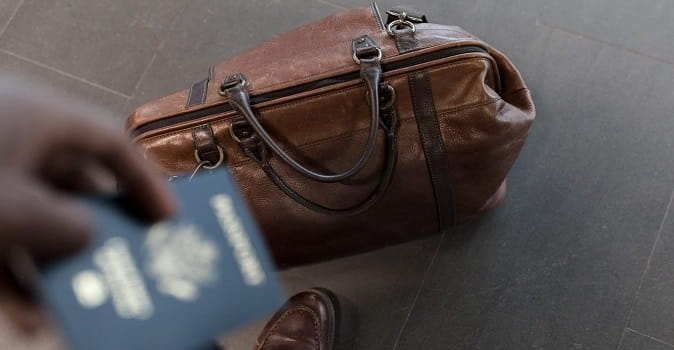Before visiting the Schengen Area, a region comprised of 26 European nations, many travelers must apply for visas.
The Schengen Area consists of Austria, Belgium, the Czech Republic, Denmark, Estonia, Finland, France, Germany, Greece, Hungary, Iceland, Italy, Latvia, Liechtenstein, Lithuania, Luxembourg, Malta, the Netherlands, Norway, Poland, Portugal, Slovak Republic, Slovenia, Spain, Sweden, and Switzerland. Each has relaxed its internal border checks, as per the Schengen Agreement, to provide greater freedom of movement.
Travelers who don't reside in the Schengen Area, the European Union (EU), the European Economic Area (EEA), or Switzerland must obtain a visa or be residents of a visa-exempt country to be able to travel more freely throughout this zone.
If you need a Schengen visa, check out these 6 simple steps:
1. Understand the Requirements
Most nations in North and South America are visa-exempt. According to the U.S. Department of State, if you're a resident of the U.S. with a valid passport and you're traveling for tourism or business, you can visit the Schengen area without a visa and remain for up to three months.
Travelers who wish to work, study, or participate in internships should contact the Ministry of Foreign Affairs for their host country to find out whether they will need a visa.
Learn more about the different types of Schengen visas and discover which one is right for you.
2. Determine Your Destination Country or Countries
The European Commission states that short-stay visas can be issued by any Schengen Area country. These visas enable recipients to travel within the Schengen Area for up to three months during any six-month period.
You must file an application for a Schengen visa at the embassy or consulate of the country you where you plan spend the most time.
If you plan to visit several countries for equal amounts of time, you must apply at the embassy consulate of the country whose border you will cross first when entering the Schengen Area.
Discover whether you are required to apply in person and learn how to schedule your Schengen visa appointment here.
3. Find Schengen Visa Insurance
Travelers who are required to obtain a visa must show proof of valid travel medical insurance that covers them for the duration of their stay in the Schengen Area. This insurance must offer a minimum coverage amount of EUR 30,000 (about USD $37,129*) and meet Schengen visa insurance requirements.
If you're looking for Schengen visa-compliant coverage, look no further than the Atlas Travel insurance plan from WorldTrips. This travel medical policy offers up to $2 million in overall maximum coverage. It also provides access to a visa letter to serve as proof of Schengen visa insurance.
With Atlas Travel, you have the ability to:
- Choose your deductible,
- Purchase your policy online,
- Purchase coverage while traveling,
- Extend your coverage after purchasing, or
- Cancel your policy if your plans change.
The plan also pays 100% of eligible expenses (after the deductible and up to the maximum coverage limit) for claims incurred outside the United States.
Atlas Travel offers coverage for eligible medical expenses resulting from an emergency medical evacuation, local ambulance use (when hospitalized as inpatient), and hospital room and board. It also provides benefits for eligible expenses resulting from terrorism, political evacuation, express kidnapping, accidental death and dismemberment, and personal liability.
Plus, you can call for referrals or assistance with lost travel documents, lost luggage, or translations 365 days a year.
See more benefits of Atlas Travel insurance.
*Amount in USD based on conversion rate as of 02/19/2018.
4. Gather the Proper Documentation
When applying for a Schengen Area visa, you will need to provide several documents. You can find a complete list specific to your destination country on the website of the embassy or consulate where you apply. The list will likely include:
- A completed Schengen visa application form
- A passport that will be valid for at least three months beyond the date on which you plan to return home
- Two passport photos that conform to International Civil Aviation Organization (ICAO) standards
- Paperwork that explains the purpose of your trip and provides evidence that you can support yourself — see examples of acceptable supporting documents here
5. Complete and Submit a Visa Application
Schengen visa applications can be submitted no sooner than three months prior to the start of your planned visit. They should be filed at least 15 calendar days before your planned arrival.
Typically, once a visa application is submitted to the consulate, a decision is made within 15 days.
See tips for filling out your Schengen visa application here.
6. Pay the Application Fee
A general visa fee of EUR 60 must be paid when you submit an application. That's equal to about USD $74. The visa fee for children ages 6 through 12 is EUR 35, or about USD $43.
Residents of non-EU countries with which the EU has concluded visa facilitation agreements pay a fee of EUR 35. Learn more about the Schengen visa application fee here.




